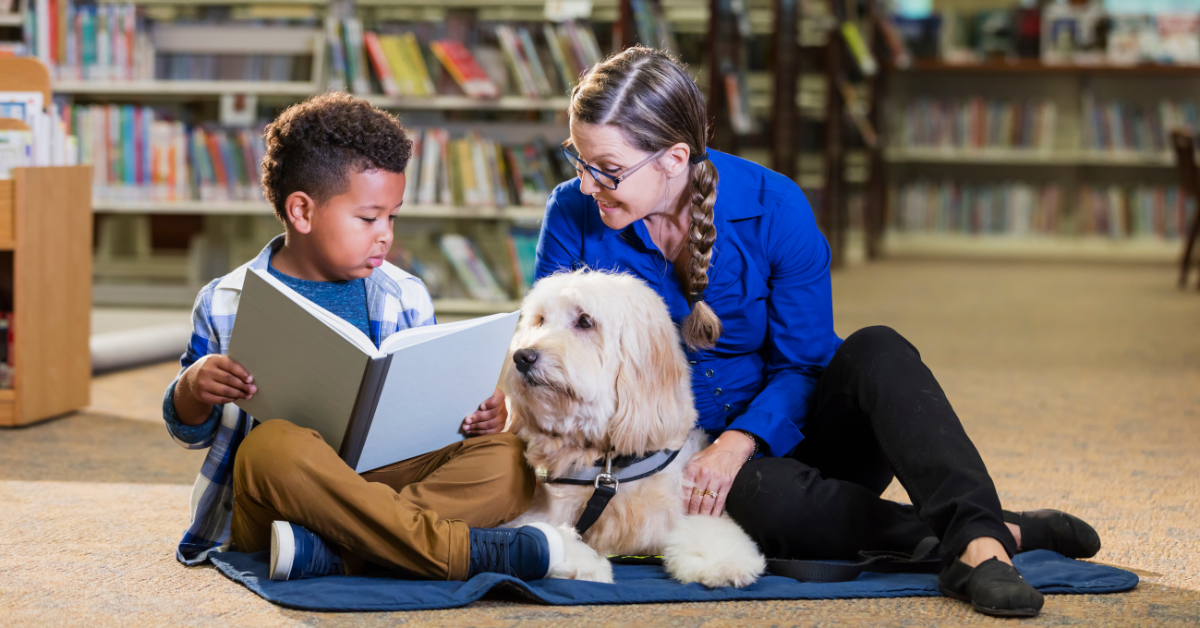Introduction: Understanding the Spectrum of Canine Vocalization
Dogs, our loyal companions, have an intricate and diverse language that extends far beyond mere barking. Their communication involves an array of vocal expressions that convey emotions, needs, and even mimicry. In this article, we will explore the multifaceted world of dog vocalization and decode the various ways in which our furry friends communicate with us and each other.
The Bark: More Than Just Noise
Subheading: Deciphering the Bark
A dog’s bark is its most recognizable vocalization. However, these barks are not just random sounds; they serve as a language for canines. Each bark can indicate different emotions or intentions, from excitement to warning signals or simple expressions of joy.
Howling: A Call from Ancestral Roots
Subheading: The Echoes of the Past
Howling is an innate behavior in dogs, echoing their connection to their wild ancestors. Dogs howl for various reasons, whether to communicate with other dogs, in response to specific sounds, or as an expression of loneliness. Understanding this behavior unveils a deeper understanding of their communication methods.
Grumbles and Whines: Subtle Expressions of Need
Subheading: The Quiet Conversations
Beyond the more prominent sounds, dogs use softer vocalizations to express contentment, discomfort, or the need for attention. Grumbles and whines are subtle yet important forms of communication that require attentive listening to understand a dog’s emotional state accurately.
Yips and Playful Noises: The Sounds of Joy
Subheading: Unveiling Happiness
Yips and playful noises are indicative of a dog’s happiness and excitement. These sounds often accompany moments of joy, playfulness, or the sheer pleasure of being around their human companions.
“Talking” and Mimicking Human Sounds
Subheading: Can Dogs Speak?
Some dogs possess the ability to imitate human-like sounds, even attempting to replicate words. Though not true speech, this mimicry demonstrates their adaptability and a desire to connect with their human family in unique ways, fostering a special and often entertaining bond.
Individuality in Canine Voices: Every Dog Has Its Unique Tone
Subheading: Embracing Uniqueness
A significant aspect of a dog’s vocal range lies in its individuality. Just like humans, each dog has its distinct way of communicating, making their vocalizations a unique form of expression, varying from breed to breed and even within the same breed.
Q&A: Decoding the Canine Linguistic World
Subheading: Addressing Common Queries about Dog Communication
- Can dogs understand our language? Dogs can learn to associate specific words or commands with actions or behaviors, but they primarily respond to tone, body language, and consistent repetition.
- Why do dogs howl at sirens or music? The sound might trigger a dog’s natural instinct to communicate, leading them to join in on what they perceive as a howling conversation.
- What if my dog’s barking becomes excessive? Excessive barking could indicate various issues such as anxiety or boredom. It’s crucial to identify the root cause and address it accordingly.
Conclusion: Embracing the Richness of Dog Communication
In the symphony of barks, howls, grumbles, and playful sounds, dogs exhibit an extensive and intricate language. Understanding and interpreting these diverse vocalizations allows us to deepen our connection with our beloved pets. By tuning into this varied language, we enrich the dialogue between ourselves and our canine companions, unveiling the richness of their communication and fostering a stronger bond.
